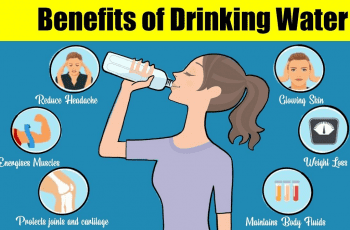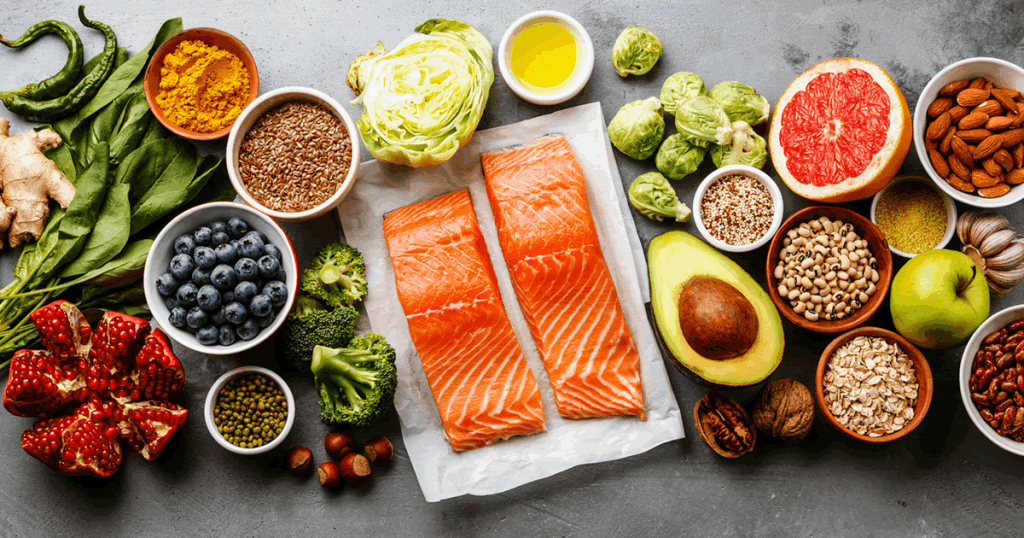
Is Eating 600 Calories A Day Enough to Help You Lose Weight?
There are constantly new weight-loss diets out there. Cutting calories is an essential part of many weight-loss strategies.
They include diets like the grapefruit diet, which is gaining popularity. The 500-calorie diet is one that you may be familiar with. Only 500-800 calories a day are allowed on this regimen. Only a small percentage of the daily calorie allowance for adults is met by this diet. It is recommended that adults consume between 1600 and 3000 calories a day.
The term for such diets is “Very Low-Calorie Diets” (VCLD). It may be prescribed to obese patients who are unable to undergo bariatric surgery. Prior to laparoscopic surgery, which is a surgical diagnostic process used to check abdominal organs, VCLDs can also be used. Blood loss can be reduced by cutting back on fat intake. In the short run, they can help persons with obesity reduce high blood pressure and high cholesterol.
You can learn how much weight you can lose by consuming 600 calories a day in this post. There are, however, a number of drawbacks to a very limited diet.
IS IT OK TO EAT 600 CALORIES A DAY?
You should avoid a diet that restricts your caloric intake to just 600 calories a day. It should only be done with the supervision of a doctor.
1. RISK OF NUTRITIONAL DEFICIENCY

Consuming 600 calories a day results in a reduction in the number of nutrients you receive. Older persons, whose small intestines are less efficient at absorbing nutrients, should avoid this diet.
Hair loss has been linked to zinc deficiency in studies. Anemia can result from a lack of iron. Osteoporosis can be caused by a lack of calcium and Vitamin D. Increased risk of heart attack can be attributed to vitamin deficit niacin.
2. GALLSTONES
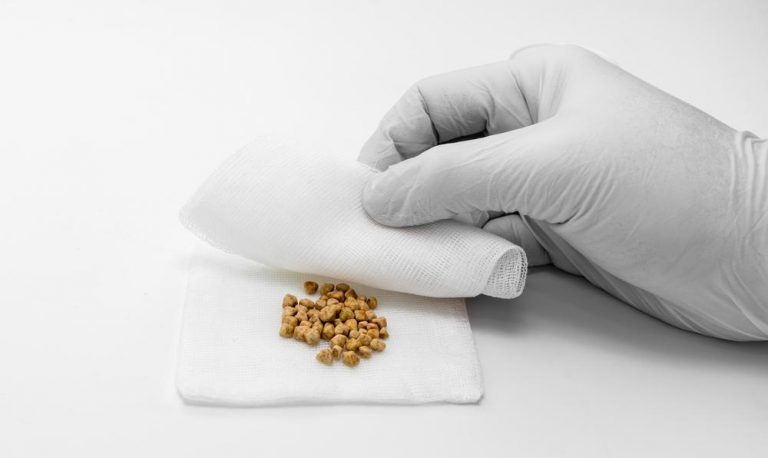
An organ behind the liver called the gallbladder is where gallstones originate, which are hardened bile deposits. Because of a calorie shortage, the body begins to break down fat for energy. When bile and cholesterol are mixed, gallstones can develop in the liver. They can induce abdominal pain by obstructing the bile duct.
Gallstones can be caused by obesity, fasting for lengthy periods, rapid weight loss, pre-existing gallstones, and a history of changing weight. It can form if you lose more than 1 kilogram of weight per week, according to research. A higher fat intake in VLCDs has been demonstrated to reduce gallstone formation. Gallstones are less likely to form if you eat a diet high in fiber and low in refined carbohydrates and sweets.
3. GOOD FATS DEFICIENCY
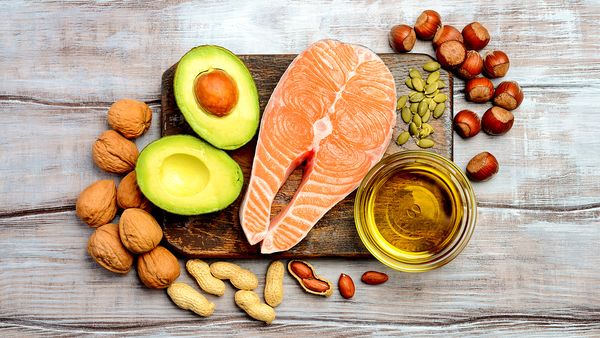
When your daily caloric intake is below 600, you may choose to reduce or eliminate fats altogether. You should eat a lot of unsaturated fats. Salmon, avocado, and olive oil are among the best sources of them. Antioxidant absorption is compromised if you consume no unsaturated fats. Additionally, fat-soluble vitamins, such as Vitamin E, may not be absorbed properly.
4. MUSCLE LOSS
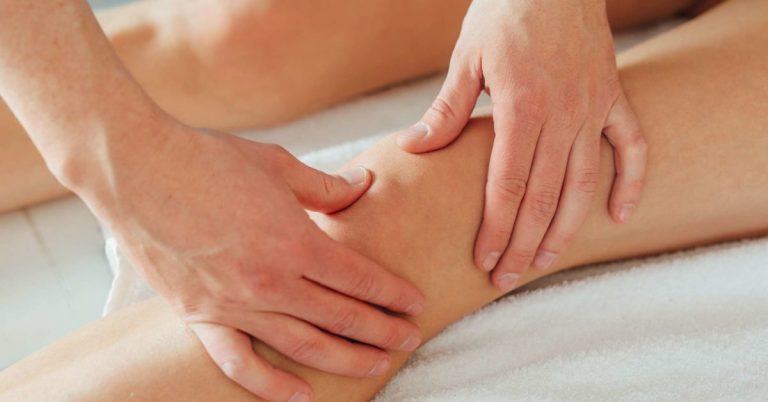
When you only consume a few hundred calories per day, your muscles start to deteriorate. When your body has used up all of its fat stores, it begins to build muscle. Muscle loss can appear to be a weight loss, at least in the short term. Fat-burning is more important than muscle-burning for health.
5. ALTER YOUR METABOLISM

Reduced caloric intake alters metabolism. Dieting on a reduced calorie intake slows your metabolism. Your metabolism will slow down as a result of your body adapting to the fact that it’s only getting a few calories each day.
As a result, your metabolism slows down and you lose weight. Your body will gain back the weight it lost while on the extremely restrictive diet as soon as you stop. Fat and muscle mass can be lost, but fat can be gained again. The yo-yo effect is a term used to describe this. Constipation, nausea, and diarrhea are all possible adverse effects of consuming hundreds of calories a day.
WHAT YOU SHOULD DO IF YOU WANT TO TRY EATING 600 CALORIES A DAY
At various points during the day, VLCDs may substitute smoothies, beverages, and food bars for meals. You should consider the following things if you want to go on a 600-calorie diet.
DO IT UNDER MEDICAL SUPERVISION
If you need to reduce weight, a doctor will only recommend that you eat 600 calories a day. Medics will assess your health concerns and compare them to the possible repercussions of a substantial calorie reduction. Don’t do this diet unless you’ve been prescribed it by a doctor.
THE 5:2 DIET PLAN
According to Healthline, some people are experimenting with the 5:2 intermittent fasting diet by ingesting 600 calories a day. After five days of the Mediterranean diet (2000 calories per day), you consume a low-carb diet (500-800 calories per day) for the remaining two days.
They aren’t back-to-back days where you’re restricting your calorie intake. Over calorie-restricted diets, 5:2 intermittent fasting had no additional weight loss benefits.
WHAT DOES EATING 600 CALORIES A DAY LOOK LIKE
600 calories a day seems like an absurdly low caloric intake. A selection of 600-calorie meals can be found at BBC Good Foods. In general, you should only use them for a portion of your daily meals. You can get two beef skewers, one chicken breast, one serving of brown rice, or one serving of couscous, among other things.
HOW MUCH WEIGHT DO YOU LOSE ON A 600-CALORIE DIET?
Median daily calorie requirements for moderately active people are between 2000 and 2800, according to LiveStrong’s calculations. You should expect to lose 1.1 pounds per week by cutting your caloric intake to 600 calories per day.
As a general rule, a person’s body weight will vary. The quantity of weight you lose will be determined by your age and level of physical activity during the program. Sadly, a large portion of that could be lean muscle mass. Strength training may help prevent muscle loss, but a 600-calorie diet will not supply enough energy for an intense workout.
According to the Centre for Disease Control, weight loss should not exceed 400 g per week. Physical exertion while on VLCD is likewise discouraged. It’s also not recommended to physically exert yourself on VLCD.
TAKEAWAY
Consuming too few calories can put your health at risk, according to recent studies. Malnutrition, exhaustion, and a general sense of ill health can result from eating 600 calories a day. Restrictive diets have been shown to harm your health, according to additional research.
An exercise and calorie-restricted diet plan is the greatest method to get fit. Your body will thank you if you make lifestyle changes instead of relying on quick weight loss fads.
Meal replacement plans aren’t the way to go in this scenario. Also, they can be extremely pricey. Costly meal bars are used by people on low-calorie diets (VLCDs). Formulas with the correct number of calories are also available. If you have heart illness, type 1 diabetes, thyroid disease, kidney disease, gout, or gallstones, you should not use a VLCD monitor.
Never do the VCLD for more time than your doctor has prescribed. If you’re under the age of 18, pregnant, nursing, or over 50, you should limit your daily caloric intake to no more than 600.

